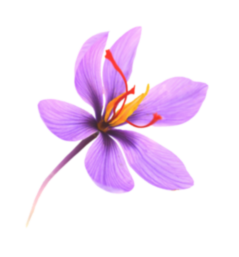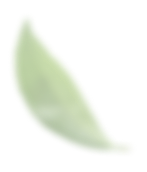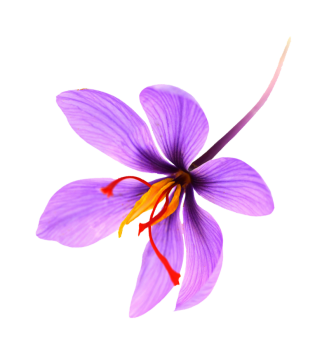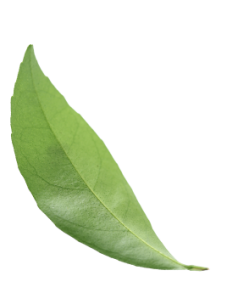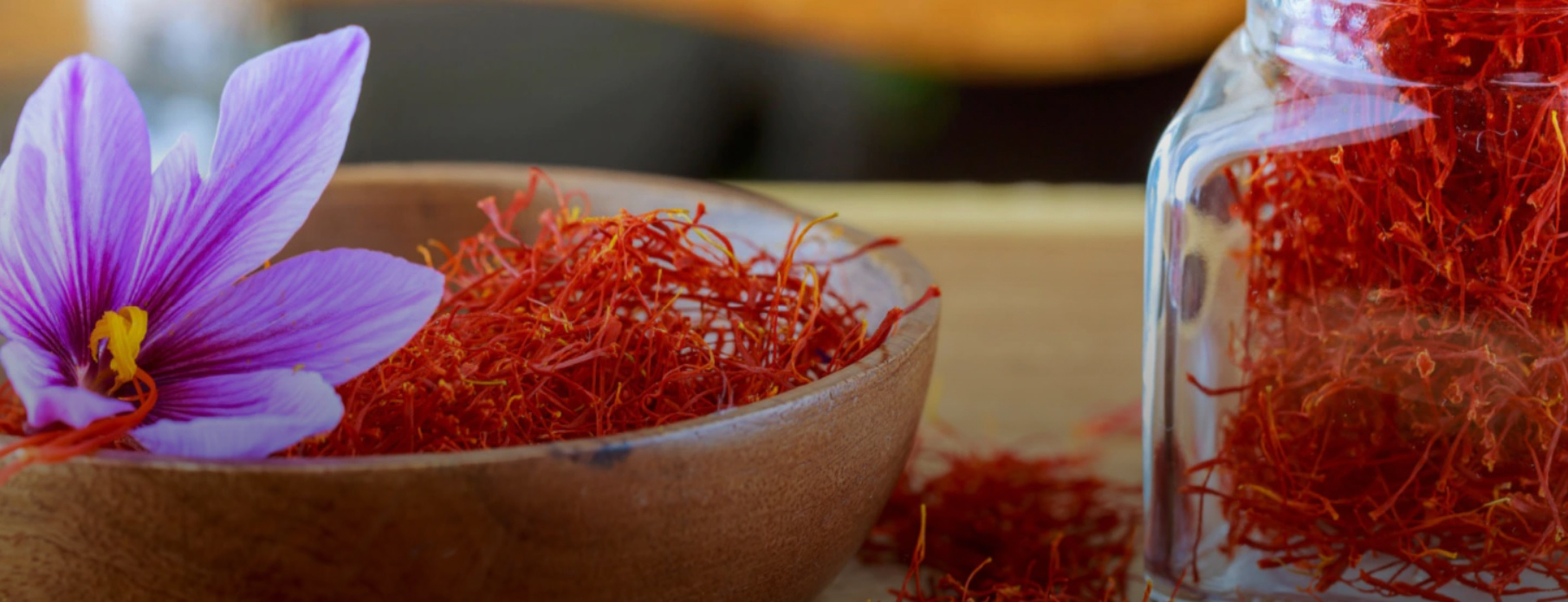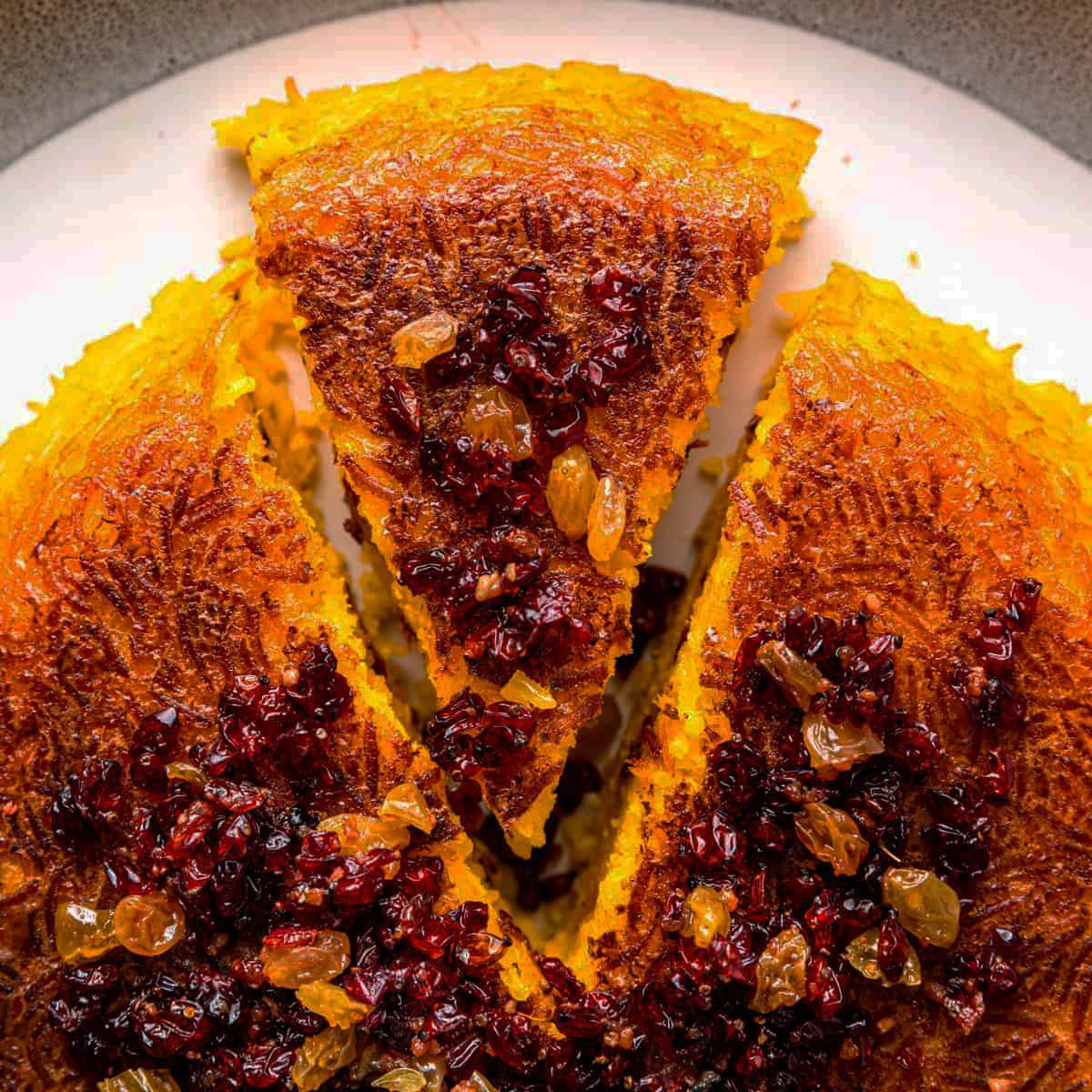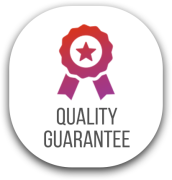The best saffron in the world
Guideline to Purchase the Finest Persian Saffron

As one of the most coveted spices in the world, Persian saffron is renowned for its exquisite flavor, vibrant color, and unparalleled quality. Whether you’re a seasoned chef or a home cook looking to elevate your culinary creations, sourcing the finest saffron is essential for achieving that perfect balance of aroma and taste.
In this comprehensive guide, we’ll walk you through everything you need to know about selecting and purchasing the highest quality Persian saffron, ensuring that every dish you prepare is infused with the richness and luxury that only saffron can provide.
Why Should I Choose the Iranian Saffron?
Choosing Iranian saffron comes with a myriad of reasons, each contributing to its unparalleled quality and reputation. Firstly, Iran boasts over 90% of the global saffron production, with regions like Great Khorasan, renowned as the land of Red Gold, leading the charge. The ideal climate conditions in these areas, characterized by semi-arid regions with dry summers and mild winters, create the perfect environment for saffron cultivation.
Additionally, the soil composition in Iran, a combination of sand and lime with a pH level of 7-8, provides an ideal foundation for saffron corm growth. Iranian farmers also prioritize using high-quality saffron corms, ensuring healthy and fungus-free cultivation for optimal results.
The extensive knowledge and experience of Iranian farmers and producers play a significant role in the quality of Iranian saffron. With centuries of cultivation history, Iranian farmers have honed their expertise in every stage of saffron production, from cultivation to processing. This wealth of experience contributes to the meticulous care and attention given to each saffron harvest, resulting in a product of exceptional quality.
When comparing saffron from different top-producing countries, Iranian saffron stands out for its superior quality. Spanish saffron is known for its bright red color, signifying lower crocin levels compared to Iranian saffron. Afghan saffron, while weaker in appearance and chemical properties, also pales in comparison to Iranian saffron. Indian saffron, produced primarily in Kashmir, is hindered by less conducive soil and weather conditions, resulting in lower quality than Iranian saffron. Overall, Iranian saffron remains unmatched in its richness and quality.
All in all, the superior quality, rich history, and unparalleled expertise of Iranian saffron farmers and producers make Iranian saffron the top choice for discerning buyers worldwide.
How to Distinguish the High-Quality Iranian Saffron?
Amidst the various saffron options available, distinguishing high-quality Iranian saffron is essential for unlocking its full flavor potential. Here, we’ll explore various methods to identify premium Iranian saffron, from its physical appearance to its aroma and taste, enabling you to elevate your culinary creations with confidence and finesse.
The Physical Appearance
When examining high-quality saffron threads, you’ll notice they appear dry, fine, and uniformly dark red in color, with a distinctive trumpet-like shape at the top. Each thread is even in size and texture, with no visible clumping or irregularities. Conversely, low-quality saffron threads tend to be coarse, small, and inconsistent in size, lacking the characteristic uniformity of premium saffron. If the saffron appears wax-coated or sticky, it may be an indicator of inferior quality or adulteration. Authentic saffron threads should not adhere to each other, maintaining their individual integrity and texture.
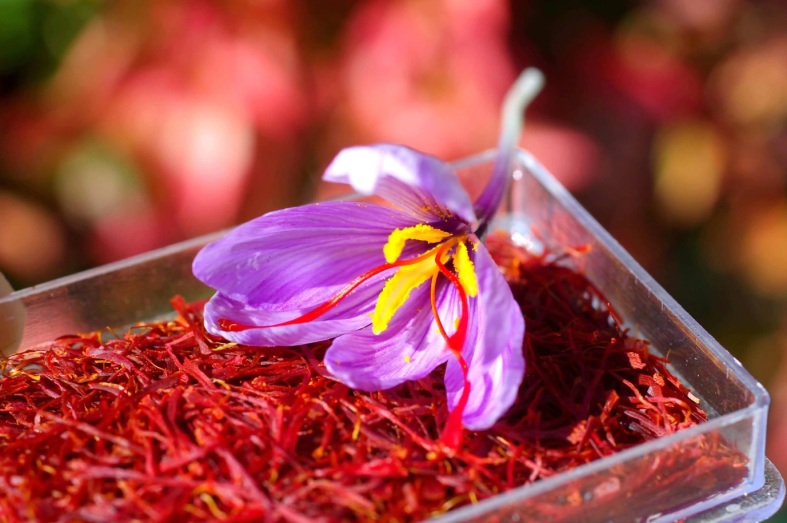
Taste
Place a single thread on your tongue and experience its taste. Genuine saffron will impart a distinctively bitter and astringent flavor profile, indicative of its purity and potency. This subtle bitterness is characteristic of high-quality saffron and underscores its authenticity. Conversely, low-quality saffron may exhibit a sweeter taste, lacking the nuanced bitterness that defines authentic saffron. By paying attention to the taste profile of saffron, you can ensure that you’re working with the finest quality spice in your culinary endeavors.
Take a moment to inhale the aroma of the saffron threads, allowing the fragrance to envelop your senses. Authentic saffron will exude a delightful scent reminiscent of hay and honey, with subtle floral undertones that linger in the air. This characteristic aroma is unmistakable and indicative of genuine saffron quality, even if the threads are enclosed in plastic packaging.
The fragrance should tantalize your nostrils and evoke a sense of warmth and richness. If the aroma fails to captivate your senses or seems dull and unremarkable, it may be a sign that the saffron is counterfeit or of inferior quality. Trust your sense of smell to guide you in identifying authentic saffron that will elevate your culinary creations with its unparalleled fragrance and flavor.
Water Test
To conduct this simple authenticity test, immerse the saffron threads in a glass of water and observe their behavior. Authentic saffron will gradually infuse the water with a golden-yellow hue as it floats, signaling its genuine nature. To confirm its authenticity, remove the saffron from the water and inspect its color. If the saffron retains its original deep red hue, you can be confident that it is real saffron.
However, if the color of the saffron thread has faded or changed significantly, it may indicate that the saffron is counterfeit or of inferior quality. By performing this water test, you can quickly ascertain the authenticity of saffron and ensure that you’re using only the finest quality spice in your culinary endeavors.
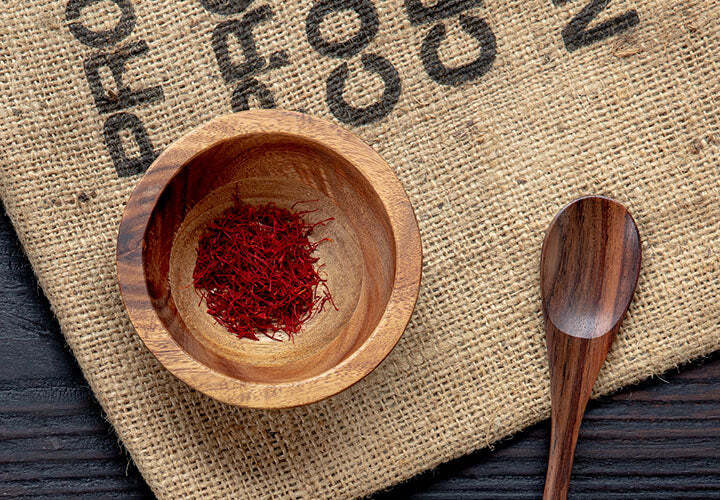
Baking Soda Test
To conduct the baking soda test, begin by adding a small amount of baking soda to a glass of water and thoroughly mixing the two ingredients together. Next, gently place the saffron thread into the mixture and observe the reaction. Authentic saffron will impart a yellow color to the mixture, indicating its genuine nature. This yellow hue is a result of the presence of crocin, a natural pigment found in saffron.
If the mixture turns red or exhibits no change in color, it may suggest that the saffron is counterfeit or of inferior quality. By performing the baking soda test, you can quickly assess the authenticity of saffron and ensure that you’re working with the highest quality spice in your culinary endeavors.
The Test of Flame
To conduct the flame test, simply hold a small amount of saffron over an open flame and observe the color of the flame. Authentic saffron will cause the flame to change to a distinct purple or orange hue, indicating its purity and authenticity. This color change occurs due to the presence of natural compounds such as crocin and safranal in genuine saffron.
However, if the flame remains yellow or exhibits no significant change in color, it may suggest that the saffron is counterfeit or of inferior quality. By performing the flame test, you can quickly ascertain the authenticity of saffron and ensure that you’re using only the finest quality spice in your culinary creations.
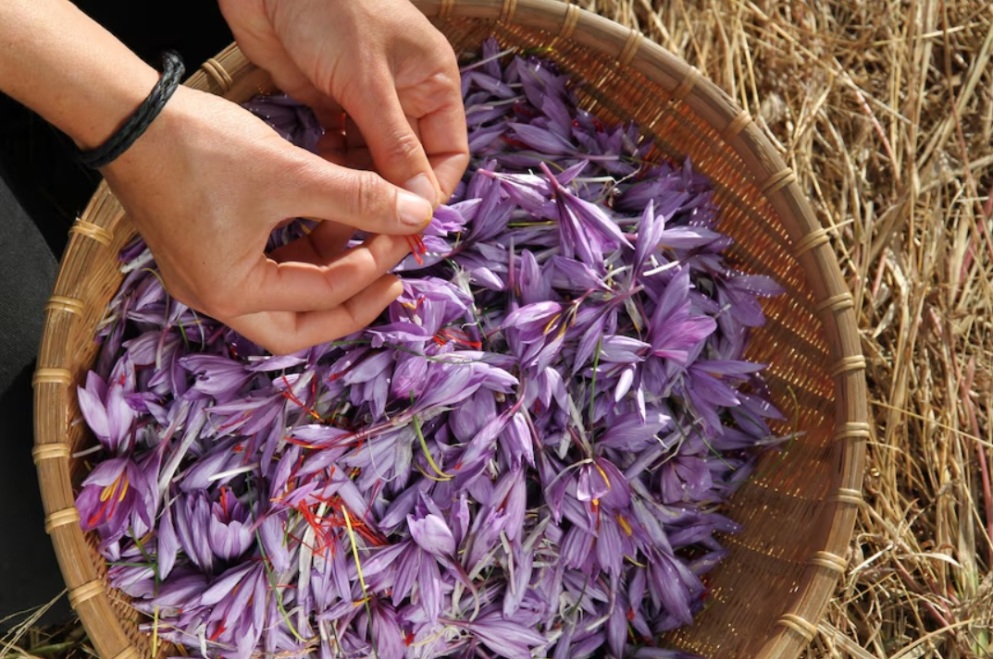
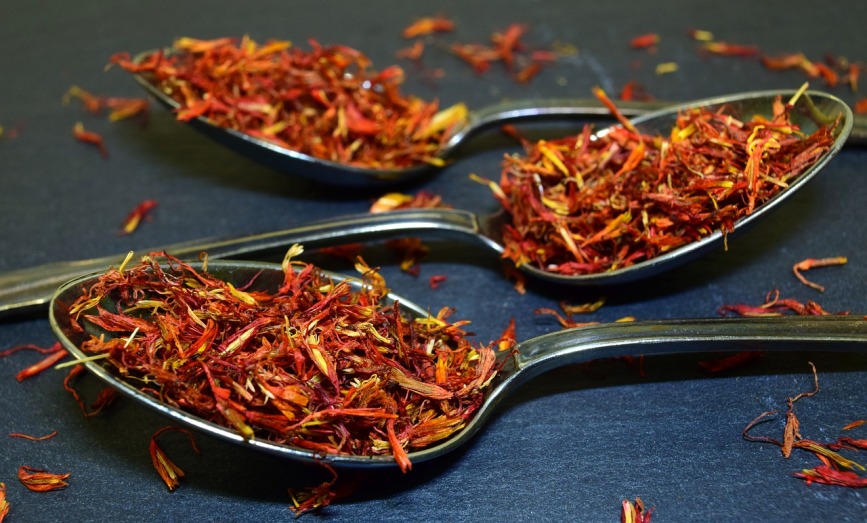
Aroma
Why Iranian Saffron Is Too Expensive?
Iranian saffron is renowned for its exceptional quality and is widely regarded as one of the best in the world. However, its premium status comes with a hefty price tag. There are several reasons why Iranian saffron is so expensive:
Labor-Intensive Harvesting
Saffron cultivation is a labor-intensive process that requires meticulous care and attention to detail. Each saffron crocus flower produces only three delicate stigmas, which must be carefully hand-picked by skilled workers. This labor-intensive harvesting process significantly contributes to the high cost of Iranian saffron.
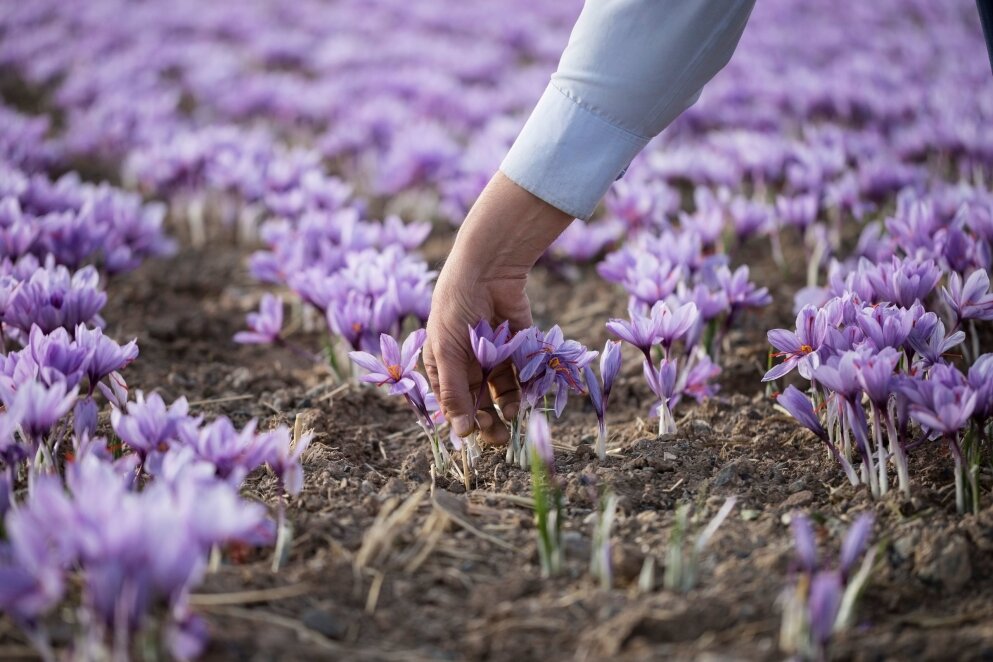
Climate and Soil Conditions
Saffron thrives in specific climatic and soil conditions, and Iran’s geography provides an ideal environment for saffron cultivation. The saffron-producing regions of Iran, such as Khorasan Province, benefit from dry, arid climates with hot summers and cold winters, which are conducive to saffron cultivation. The unique combination of soil composition and climate in these regions contributes to the superior quality of Iranian saffron but also adds to its expense.
Quality Assurance
Iranian saffron is subject to stringent quality control measures to ensure that it meets the highest standards of purity and potency. Each batch of saffron undergoes rigorous testing and certification to verify its authenticity and quality, adding to the overall production costs.
High Demand
Iranian saffron is in high demand worldwide due to its reputation for superior quality and flavor. As a result, the limited supply of Iranian saffron struggles to meet the growing global demand, leading to higher prices in the market.
In conclusion, the combination of labor-intensive harvesting methods, limited yield, ideal climate and soil conditions, stringent quality control measures, and high demand contribute to the high cost of Iranian saffron. Despite its expense, Iranian saffron remains highly coveted for its unparalleled quality, flavor, and aroma, making it a worthwhile investment for discerning chefs and connoisseurs alike.



